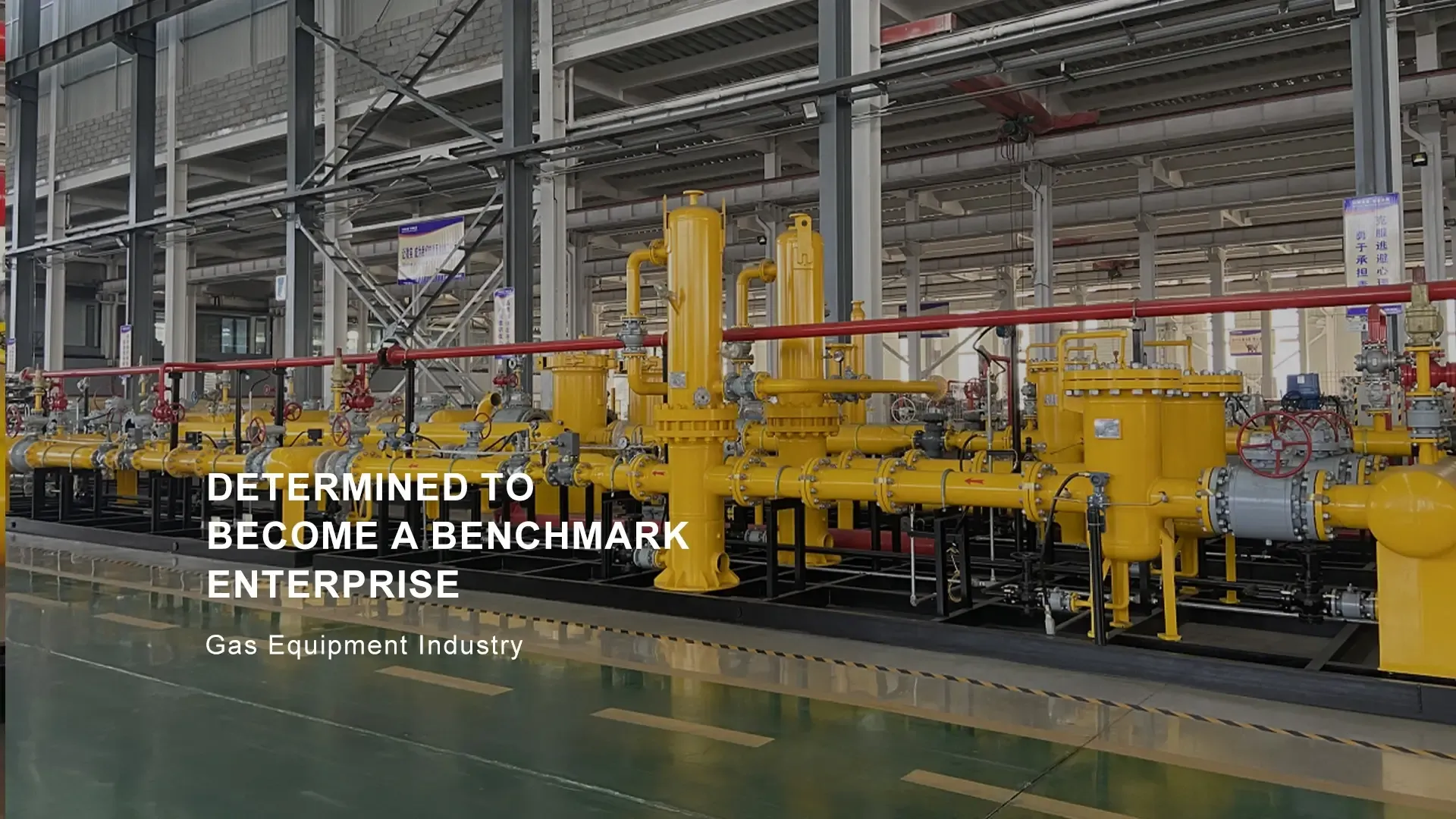
9 月 . 28, 2024 21:41
Back to list
Innovative Solutions for Efficient Gasification Equipment and Technologies
Gasification Equipment Revolutionizing Energy Production
In today's world, energy production is facing numerous challenges, including the depletion of fossil fuels, increasing environmental concerns, and a growing population that demands sustainable alternatives. One promising solution to these issues is gasification, a process that converts carbonaceous materials into syngas—composed primarily of hydrogen and carbon monoxide. This gas can be used for various energy applications, making gasification equipment a pivotal element in the transition toward more sustainable energy solutions.
Understanding Gasification
Gasification is a thermochemical process that takes place at high temperatures, whereby organic or fossil-based materials are converted into a gaseous fuel. This process occurs in an oxygen-starved environment, preventing complete combustion and enabling the production of syngas. The feedstock materials for gasification can include coal, biomass, municipal solid waste, and other organic materials. The versatility of feedstock is one of the reasons gasification technology is gaining traction globally.
Types of Gasification Equipment
Gasification systems can be broadly categorized into several types based on their design and operational parameters
. These include fixed-bed gasifiers, fluidized-bed gasifiers, and entrained-flow gasifiers.1. Fixed-Bed Gasifiers This type of gasifier has a stationary bed in which the feedstock is introduced from the top and gasification occurs as it moves downward. Fixed-bed gasifiers are known for their simplicity and are often employed in small-scale applications.
2. Fluidized-Bed Gasifiers In fluidized-bed gasifiers, the feedstock is mixed with a gasifying agent, such as steam or air, resulting in a fluid-like behavior. This allows for more efficient heat transfer and uniform temperature distribution. Fluidized-bed systems are suitable for a wide range of feedstocks and are typically used in medium to large-scale applications.
3. Entrained-Flow Gasifiers These gasifiers operate at very high temperatures and pressures, in which the feedstock is injected into a high-velocity stream of gasifying agent. The quick conversion times and high efficiency of entrained-flow gasifiers make them ideal for large industrial operations.
gasification equipment

Advantages of Gasification Equipment
Gasification offers several benefits over traditional combustion methods. Firstly, it significantly reduces greenhouse gas emissions, making it a more environmentally friendly option. The syngas produced can be used to generate electricity, heat, or even as a feedstock for producing biofuels and chemicals. This flexibility extends the usability of various organic materials, contributing to a circular economy.
Furthermore, gasification can handle a wide variety of feedstocks, including waste materials that are otherwise challenging to manage. It reduces landfill usage and can transform waste into a valuable resource. The ability to cleanly convert biomass and waste into energy supports sustainability initiatives and helps combat energy insecurity.
Future Prospects
The future of gasification equipment looks promising, driven by advancements in technology and increasing investments in renewable energy. Research and development efforts are focusing on improving the efficiency and economics of gasification systems. Innovations in materials science, for instance, are leading to more durable and efficient gasifiers that can withstand harsh operational environments.
Moreover, as governments and organizations worldwide intensify their commitment to reducing carbon emissions, gasification technology can play an important role in achieving these targets. Policies promoting renewable energy sources and waste-to-energy initiatives are expected to bolster the gasification market further.
Conclusion
Gasification equipment stands at the forefront of the energy transition, offering a sustainable solution to the challenges posed by traditional energy production. By unlocking the potential of diverse feedstocks and generating clean syngas, gasification processes are not only transforming waste into energy but also paving the way for a cleaner, more sustainable future. As technology continues to advance, the role of gasification in the global energy landscape will likely become even more significant, further solidifying its position as a key player in the quest for renewable energy solutions.
Latest news
-
Unlocking The Quality Gas Pressure ReducersNewsNov.01,2024
-
The Role of Gas Pressure Reducing StationsNewsNov.01,2024
-
The Importance and Functionality of Safety Relief ValvesNewsNov.01,2024
-
The Essential Role of Safety Valves in Natural Gas ApplicationsNewsNov.01,2024
-
The Essential Role of Gas Pressure RegulatorsNewsNov.01,2024
-
Enhance Your Premium Gas FiltersNewsNov.01,2024

